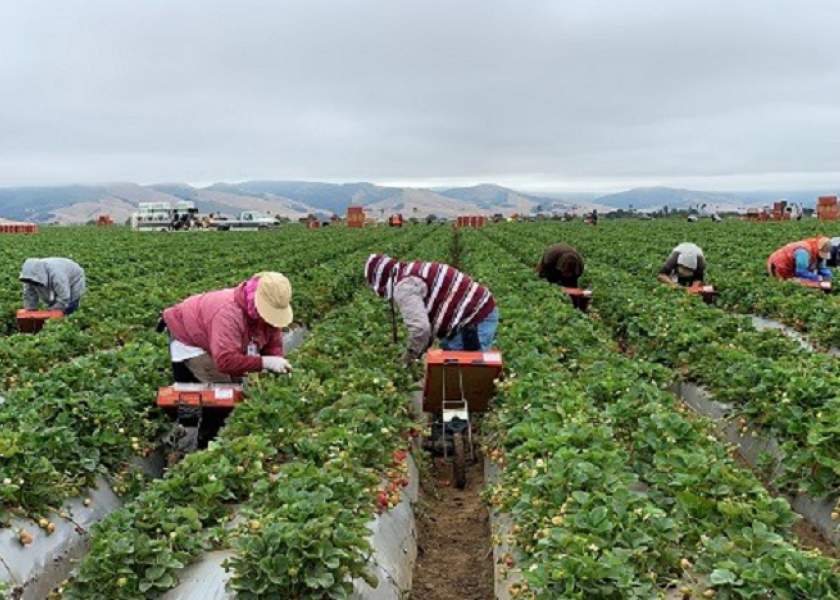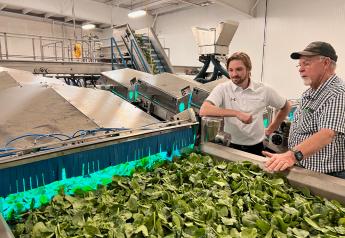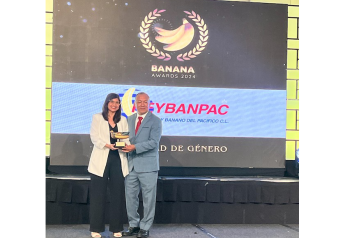U.S. Department of Labor to change method for setting wage rates for the H-2A program

The way the government calculates the H-2A program’s wage rate is changing, but perhaps for the worse for growers.
The U.S. Department of Labor is taking comments on a proposal to change the way the hourly Adverse Effect Wage Rates is determined for the H-2A program.
According to a Federal Register notice, the proposed changes will “better enable” the department to make sure employment of H-2A workers will not adversely affect the wages of workers in the U.S.
Adverse effect wage rates are the minimum hourly wage rates the department has determined must be offered and paid by employers to H-2A workers and workers in corresponding employment, so that the wages of workers in the U.S. similarly employed will not be adversely affected.
The adverse effect wage rates have been widely criticized and challenged by industry advocates, who say the wage increases for H-2A guest workers are outstripping the ability to for U.S. growers pay for the labor.
The agency said the proposed changes are even-handed.
"The department believes the proposed methodology will strike a reasonable balance between the statute's competing goals of providing employers with an adequate legal supply of agricultural labor and protecting the wages and working conditions of workers in the United States similarly employed," the agency said.
However, Michael Marsh, president and CEO of the National Council of Agricultural Employers, said in an email that the proposed rule presents a number of problems for farmers and ranchers.
"It maintains many of the concerning aspects we saw in the Trump Rule that was enjoined by the Federal District Court," he said. "It also lacks the two-year freeze proposed by the Trump Rule that was intended to bring H-2A wages closer to market reality."
Marsh said the proposed method to calculate H-2A wages would continue to artificially manufacture an adverse effect wage rate for most occupations by using the average gross wages reported by the USDA's Farm Labor Survey.
"The average gross wage takes all reported wages paid; base wages, overtime wages, incentive wages paid such as piece rates, H-2A wages paid (which generates an echo effect into the data), as well as any bonuses (think Christmas), and divides that over the hours worked," he said.
"This completely disconnects the manufactured wage rate from the market for agricultural labor in the U.S. and adversely affects the legacy family farming operations in America."
Marsh said the proposal also disaggregates, similar to the Trump Rule, some wages for commonly performed tasks on the farm using Occupational Employment Statistics wages.
"This further disconnects the wages for those on farm activities from the market as well," he said. "Rational premise for this disaggregation is lacking."
"This proposal will likely accelerate the loss of farmworker jobs in the U.S.," Marsh said. "It not only incentivizes the offshoring of more farmworker jobs and agricultural production, but will also spur employer's search for technological solutions to farming and ranching eliminating thousands of farm jobs."
Details
For field and livestock worker occupations, which represent the vast majority of agricultural jobs, the proposed rule continues to use the average annual hourly wage for field and livestock workers (combined) for the state or region, as reported by the U.S. Department of Agriculture’s Farm Labor Survey, according to the agency.
For all other agricultural jobs, which are not adequately represented or reported by the current FLS data, the department proposes to set the AEWRs using the statewide or national average annual hourly wages for the occupational classification reported by the Bureau of Labor Statistics Occupational Employment and Wage Statistics Survey program. Where the job opportunity covers more than one occupational classification, the department proposes to set the AEWRs based on the highest wage for the applicable occupations, according to the agency.
The notice of proposed rulemaking has been published in the Federal Register and has a comment period that ends Jan. 31.







